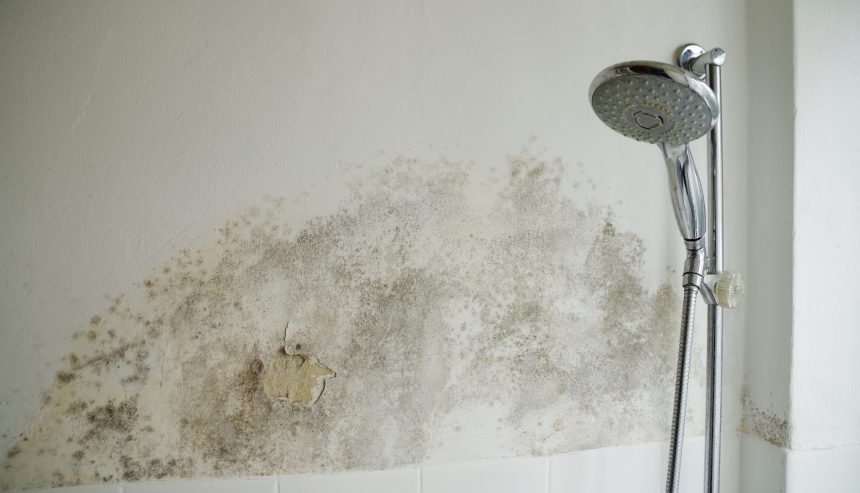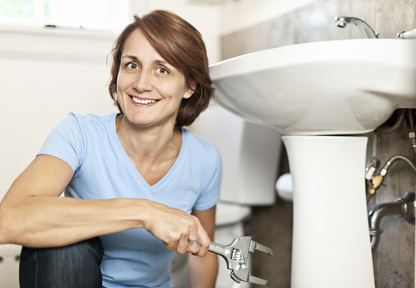Usual Reasons For Water Damage in a Bathroom
Usual Reasons For Water Damage in a Bathroom
Blog Article
This post below pertaining to Common Causes of Water Damage in a Bathroom is particularly enjoyable. Don't miss out on it.

The bathroom is incredibly prone for wet accumulation and potential water damage because of the regular use water in it. This write-up offers simple evaluation techniques to assist finding water damage dangers.
The regular use water in the washroom makes it exceptionally vulnerable for moist accumulation and potential water damage. By examining it frequently, you can decrease water associated damages.
The complying with set of evaluations is easy to carry out and should be done once in every 3 months in order to maintain your shower room in good shape and to prevent potential water damages brought on by the bath tub, the shower, pipeline joints and also plumbing, sinks, closets, as well as the bathroom
Do not overlook carrying out these inspections and be detailed while executing them. Remember that these easy inspections can conserve you a great deal of money by giving early indications for water damages
Tub and Shower
The shower and also tub require unique interest and upkeep. Inspect the tiles and also change if cracked. See to it that there is no missing out on grout in between the ceramic tiles. Inspect as well as replace fractured caulking at joints where the walls meet the flooring or the bathtub. Obstructed drains and also pipes problems will certainly prevent the bath tub from drying and also may show severe problems underneath the bathtub. Talk to a professional quickly to prevent architectural damage. Take notice of discolorations or soft locations around the bathtub wall surfaces as they may show an internal leakage.
Plumbing
Signs for water damage are difficult to detect considering that the majority of pipes are mounted inside the walls.
Pay unique focus to flooring and also walls wetness and also spots as they might indicate an undetectable plumbing trouble. Check dampness levels in adjoining areas as well.
Sinks as well as Cabinets
Sinks and also cabinets are subjected to dampness and humidity everyday and also are often ignored. Evaluate routinely under the sink as well as on the counter top over it. Repair any type of drip in the catch as it may suggest drainpipe troubles. Look around the sink, sluggish draining pipelines may indicate an obstructed drainpipe. Change sink seals if they are cracked or loose.
The Bathroom
The commode is a vulnerable water junction. Inspect the water lines and also look for leaks around the toilet seat, in the hose pipe, and also under the water container. If you detect any indications of wetness on the flooring around the commode, check for leaks in the toilet rim as well as storage tank seals.
Realize that hanging commode dish deodorants enhances the possibilities for blockages.
How to Prevent Water Damage in Your Bathroom?
Water damage repair is an expensive, meticulous, and lengthy process. Unfortunately, bathrooms are the most susceptible rooms to water damage due to toilets, showers, and sinks. Pipes and fixtures wear out over time and are not immune to damage. But all is not lost, as there are ways to prevent water damage from occurring in your bathroom.
Check Your Plumbing
Nothing lasts forever, especially pipes, which can rust and begin leaking over time. You should periodically conduct pipe inspections and pay attention for any musty smells or water stains that may indicate you need water damage repair. Here are some things to check:
Frequently test valves for your toilet, shower, and sink to ensure they are properly working. Check faucet supply lines hidden under vanities and replace when needed. Replace cracked or deteriorating caulking along sinks, tubs, and showers. If you notice a clog in your sink, call in a professional. Since you can’t check the pipes in the wall, keep an eye out for stains, drywall bubbling, musty smells, and excess moisture; if the bathroom is on a second level, check the ceiling of the room directly below for these signs. Don’t Overwork Your Toilet
One of the most common reasons bathrooms need water damage repair is due to overflowing toilets. Save yourself the hassle of cleanup by being mindful and not pushing your toilet to extreme limits. If you have young children, it is especially important to keep an eye on them when they are in the bathroom and to teach them how to avoid clogging the toilet. Here are some more tips to help prevent your toilet from overflowing:
If you have a septic tank, only use septic-safe toilet paper Do not flush anything down the toilet besides toilet paper; items like diapers and sanitary napkins will clog the piping Pay attention to your toilet’s water level: If it’s low, it could mean it is partially clogged or that there is a crack in the toilet bowl Maintain Your Shower/Tub
Replace showers or tubs with cracks or other damage; even hairline cracks can allow water to seep in and cause damage. Grout and caulk help prevent water from seeping into walls and floors, so repair them if they are chipped, cracked, or deteriorating. Replace torn shower curtains or shower doors with seals that no longer work. Dry the floor and drain water from the tub immediately after use to prevent damage from sitting water. https://www.alure.com/home-improvements-blog/resources/how-to-prevent-water-damage-in-your-bathroom

I have been very enthusiastic about How to Repair and Prevent Bathroom Water Damage and I really hope you appreciated my blog post. Appreciated our write-up? Please share it. Let someone else check it out. Thanks for your time. Visit us again soon.
Schedule Service Report this page